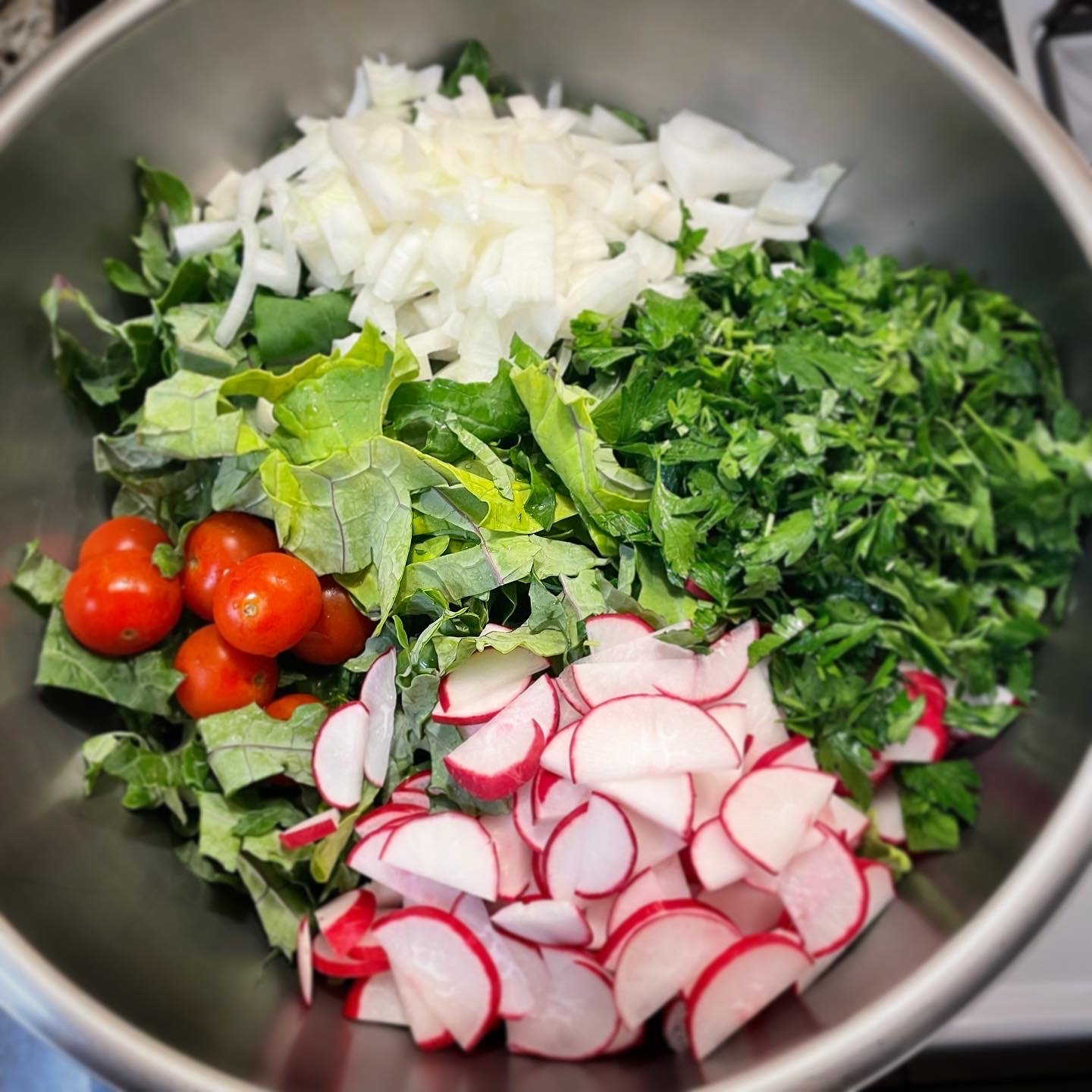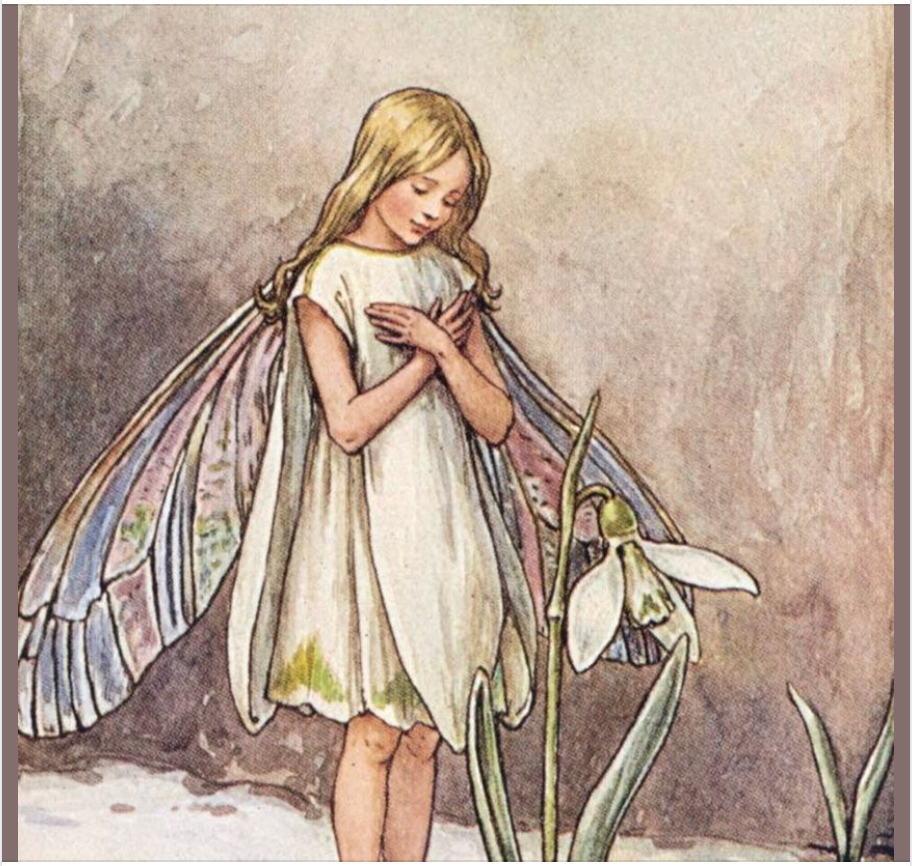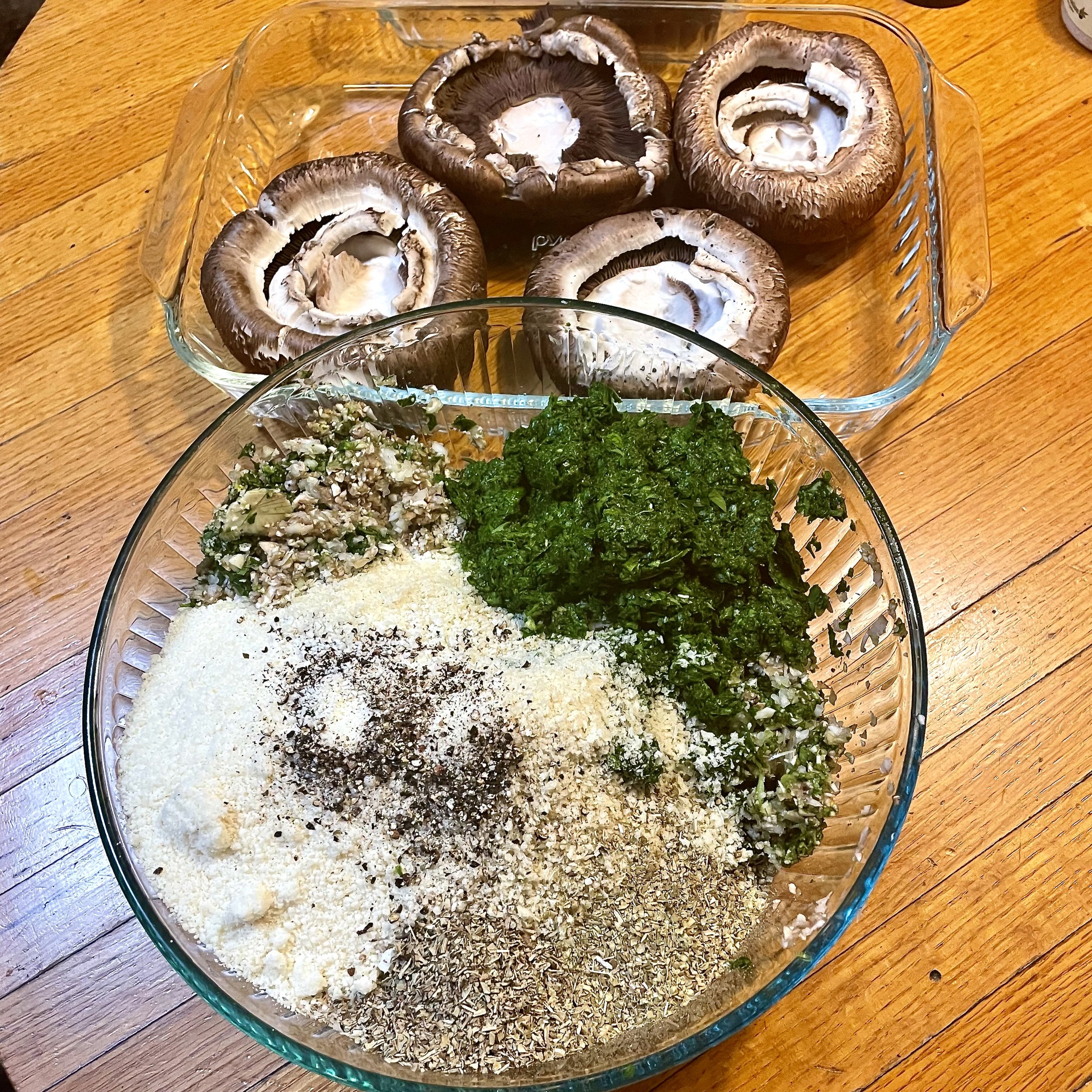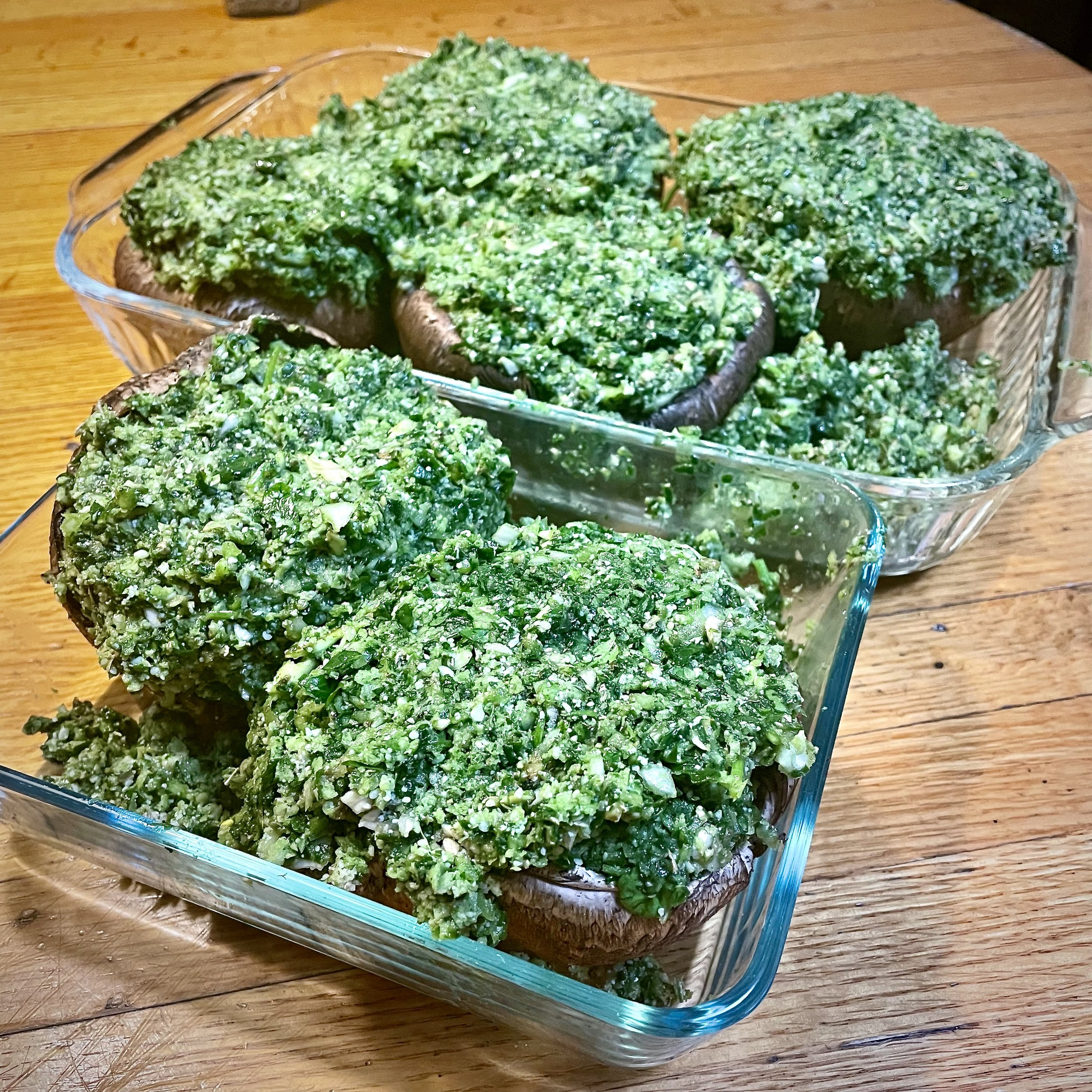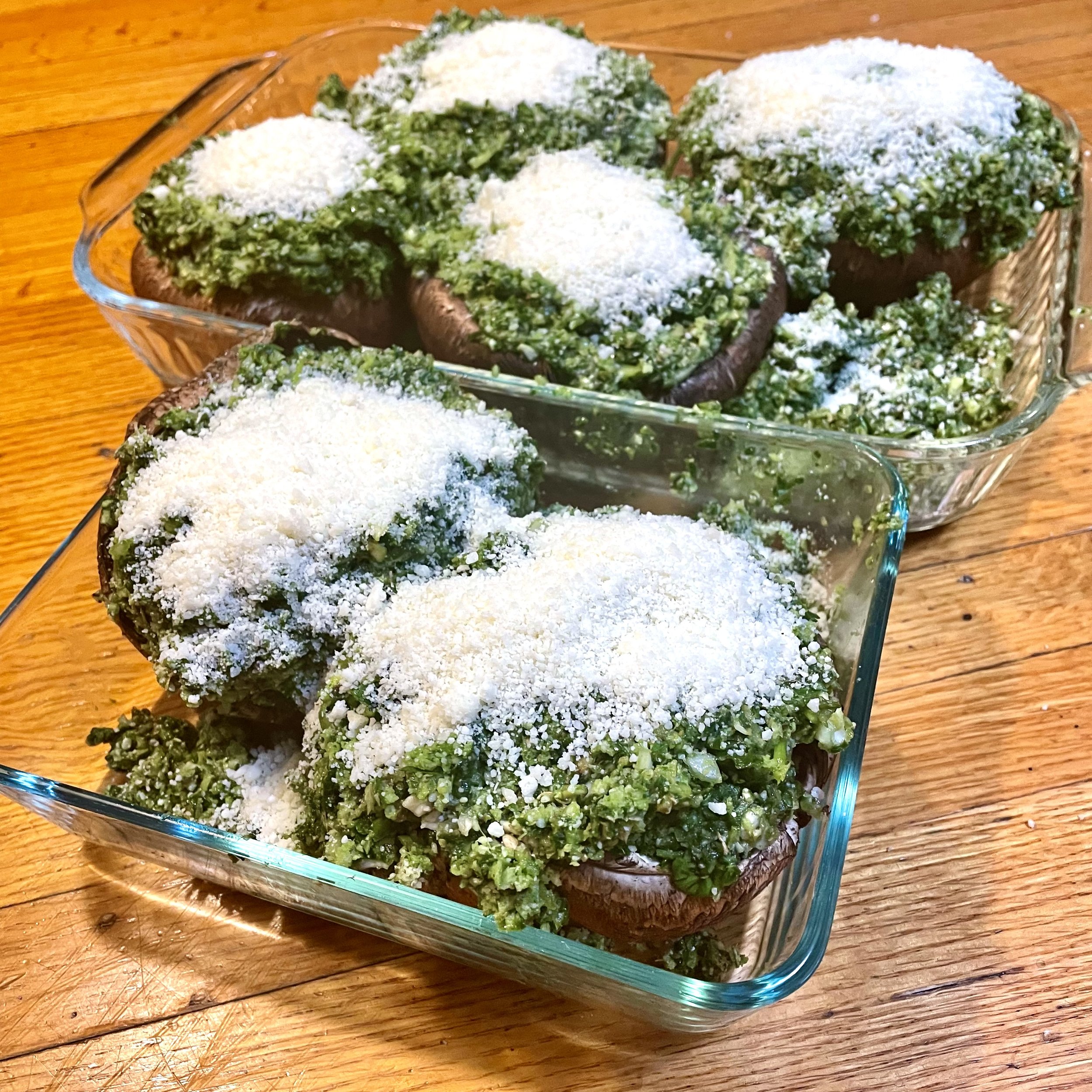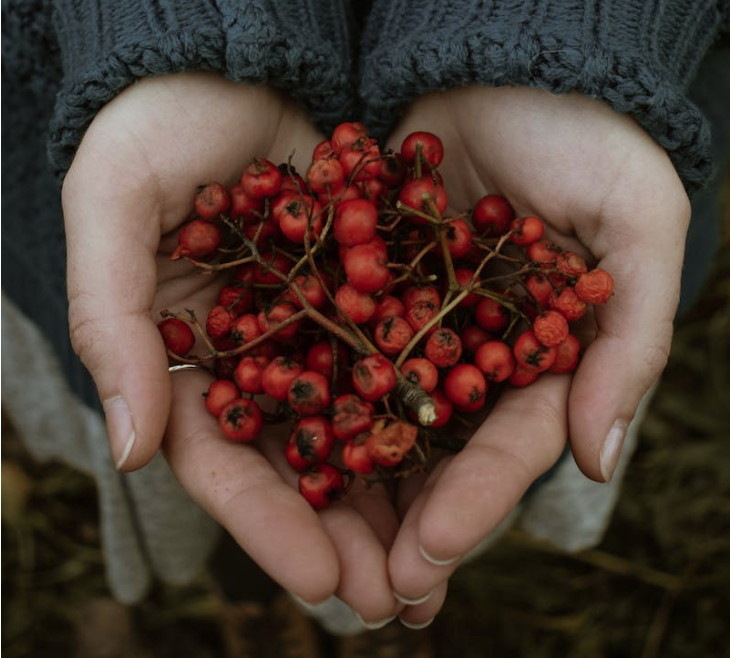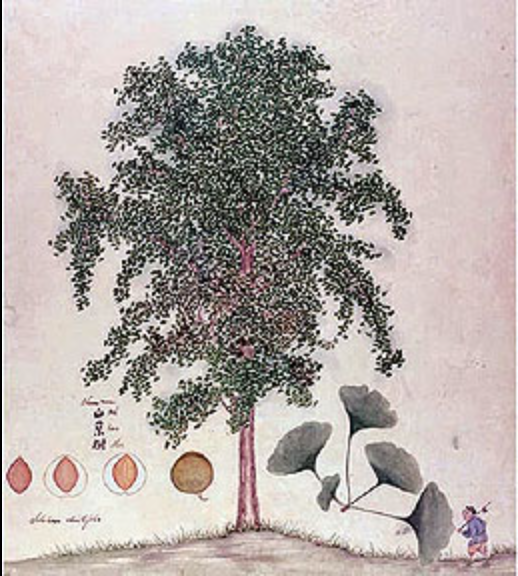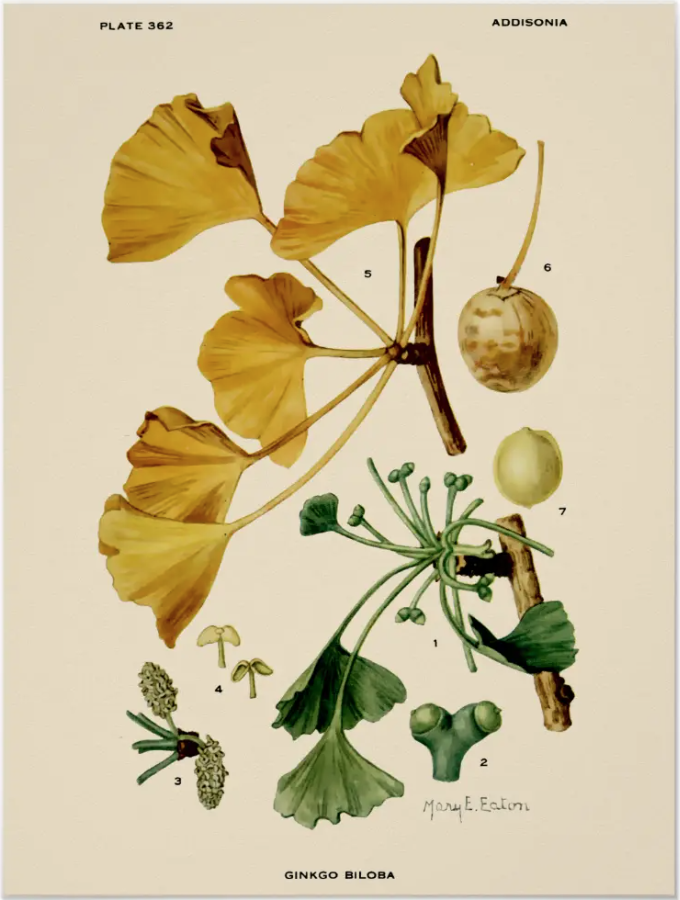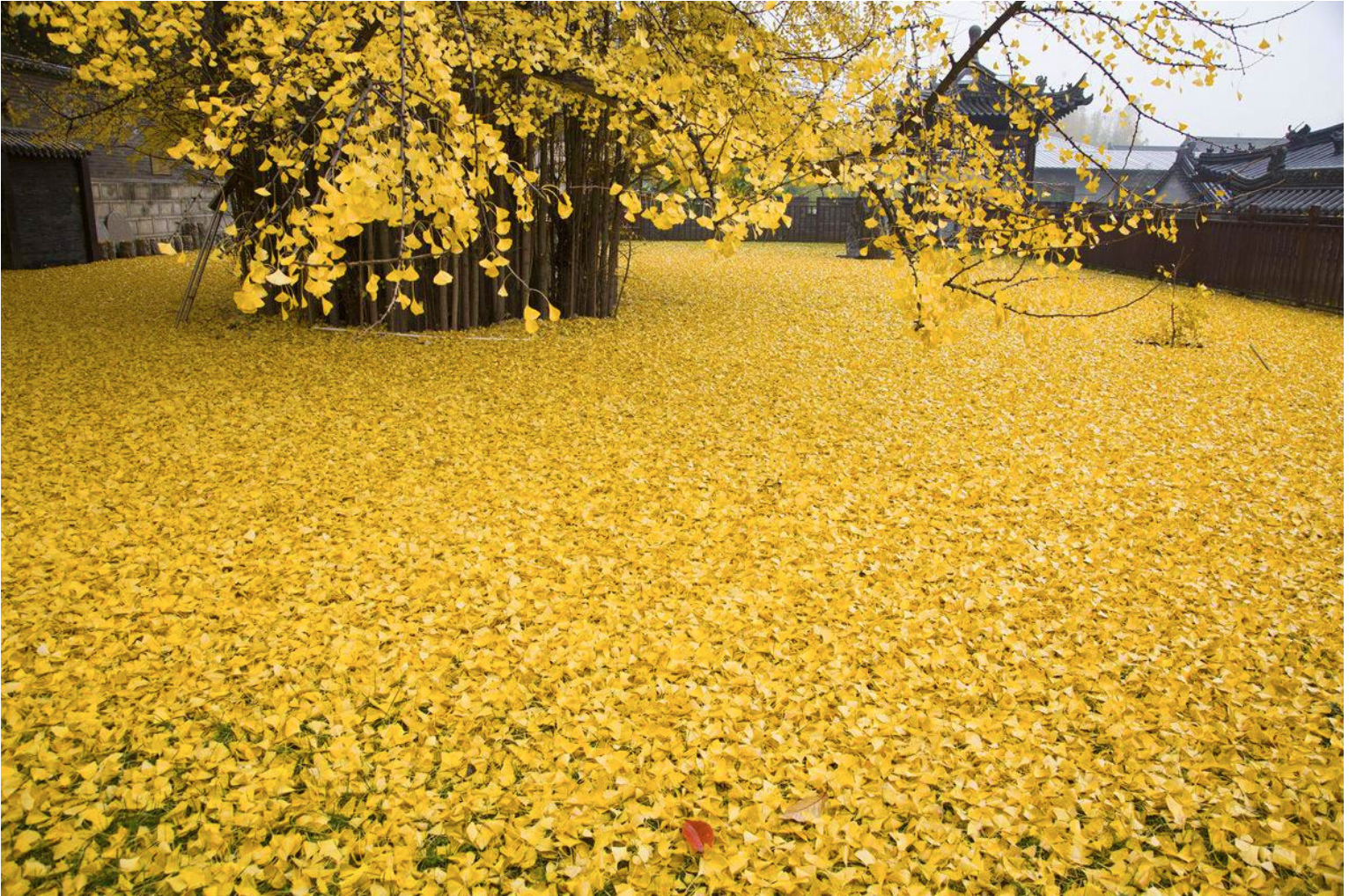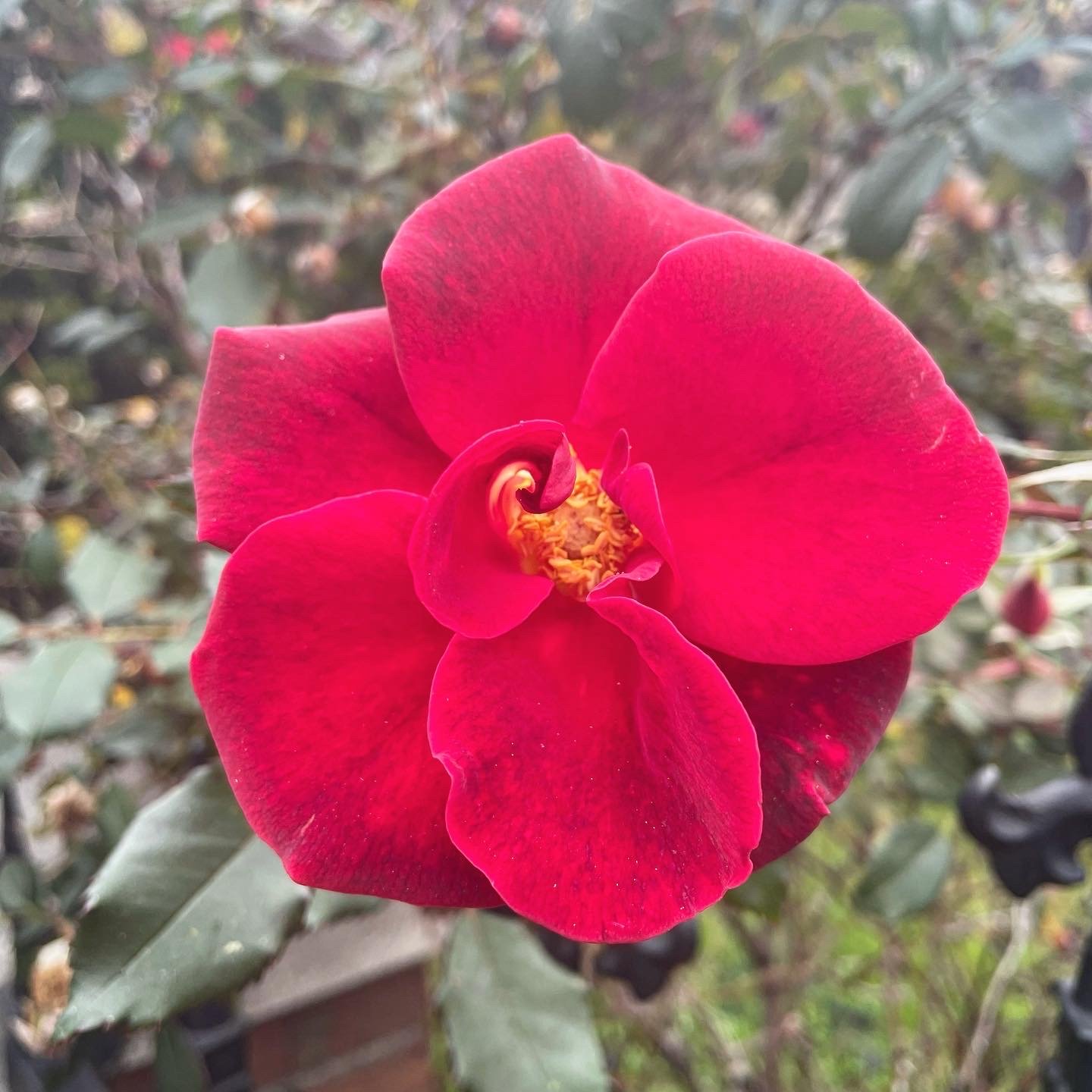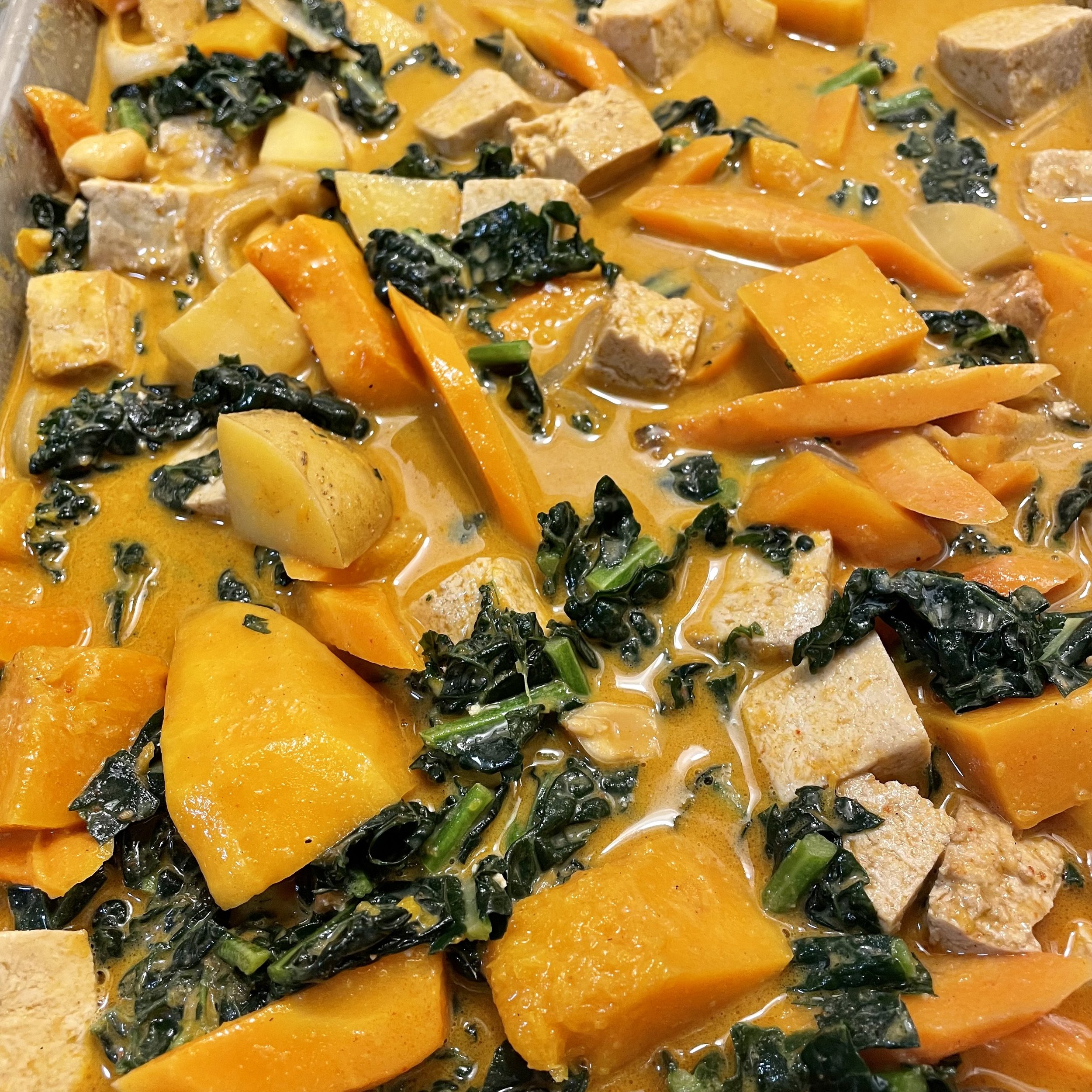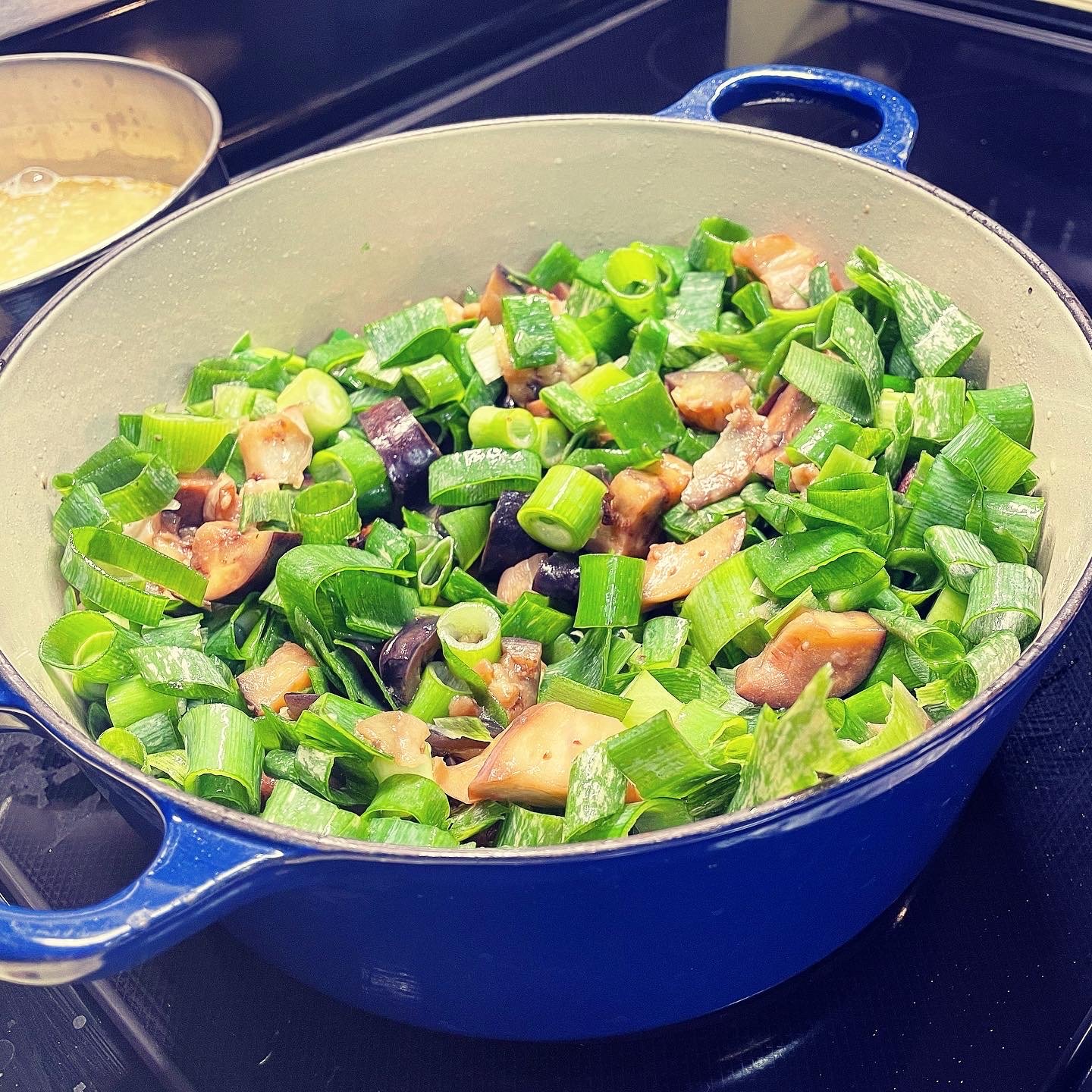For years, I ate ginger lemon miso salads every day, and making this was like meeting up with an old friend. There’s never not a good time for ginger, and in the recent cool and damp weather, I love ginger’s encouragement to move the blood, as a peripheral circulatory, cooling and warming, moving energy from stagnation to flow. Ginger, miso, and lemon support digestion and complement the pungency of the onion and radish and bitterness of the kale, ending each bite of this salad on a bright note.
INGREDIENTS
Ginger Miso Dressing
Makes about 2 cups. Keeps for 7-10 days refrigerated (on its own, rather than as a dressed salad).
4 large cloves garlic, about 2 tablespoons.
1/4 cup plus 1 tablespoon lemon juice, about 2 large lemons or 3 regular lemons (on average one regular
lemon has 2 tablespoons of juice).
1/4 cup cleaned and chopped ginger root, about 4-5 inches depending on thickness.
2 tablespoons white miso (can be made with any miso but this is a mild, sweet one that balances well with
the other ingredients).
1/4 cup filtered water.
3/4 cup good extra virgin olive oil.
pinch of sea salt, to taste.
Kale Salad
Makes a giant kale salad, 6-8 entree portions. Keeps well for a few days or serve all at once for a party.
2 cups (or more) washed seasonal cherry tomatoes.
Leaving the tomatoes whole will be best if making a large salad to last several days, otherwise cut
them in half.
2 large bunches red Russian kale (less bitter than some varieties) or other kale.
Chop in thin strips using as much of the stem as desired. I use everything but the very ends.
Wash in a salad spinner 2 or 3 times to remove dirt, each time lifting the greens out of the water,
and then spin dry.
2 bunches radishes, washed, cut in half and sliced thinly.
1 bunch flat-leaf parsley, washed, dried, chopped medium fine (too fine won’t hold up well), again using
as much stem as desired.
1 large yellow onion, peeled, cut in half, then cut each half in half and slice thinly.
optional: use whatever type and size onion preferred: red onion, vidalia, scallions, spring onions,
shallots, etc.
add ons: avocado, dulse flakes, red peppers, olives.
PROCEDURE
Prepare all ingredients according to the ingredient lists.
For the dressing, put all ingredients except for the olive oil and salt in a blender and blend until very smooth.
Carefully set up the blender to run on low speed and remove the smaller central lid, then slowly pour the olive oil into the blender to emulsify.
Remove the blender from the base and remove lid to check that the dressing is smooth and the oil is fully blended and emulsified. Scrape the edges and stir.
Taste for salt. If adding salt, put the cover back on and blend again to fully mix seasoning.
Set dressing aside and start the salad:
For the salad: mix all prepped ingredients into a very large bowl.
Pour the dressing over the veggies and mix with vigor to coat all surface areas.
Portion into bowls, storing the rest in the fridge for later.
To each serving bowl, add any condiments and finish with some black pepper and sea salt.
ENJOY!



